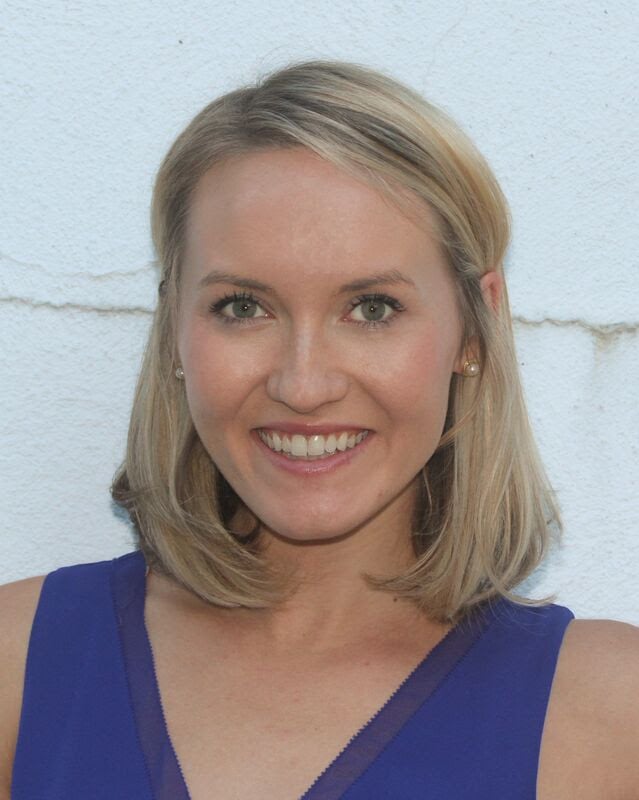Since interning with Milliken in 1990, Dawn has utilized her keen eye for design and color, and her technical understanding of the science of performance textiles, to create fabrics spanning a range of industries. She spent time in women’s wear, automotive textiles, commercial table linens, before moving to residential and commercial interiors, where she focuses her time today.
 You might be familiar with some of the projects she has brought to life. Recently, she designed a residential eco-friendly fabric for West Elm, which you will find in stores on the Harmony Collection, as well as Breathe by Milliken Fabrics, now available in Pottery Barn. In commercial spaces, Milliken fabrics she designed can be found on upholstered office furniture and panels by Knoll, Herman Miller, Allsteel, and Steelcase to name a few.
You might be familiar with some of the projects she has brought to life. Recently, she designed a residential eco-friendly fabric for West Elm, which you will find in stores on the Harmony Collection, as well as Breathe by Milliken Fabrics, now available in Pottery Barn. In commercial spaces, Milliken fabrics she designed can be found on upholstered office furniture and panels by Knoll, Herman Miller, Allsteel, and Steelcase to name a few.
We had the opportunity to sit down with Dawn, and dive into her work and inspiration for her everyday life at Milliken. We hope it inspires you to think differently about the powerful influences of textiles in the built environment.
Q: What inspires you?
A: Inspiration is anywhere and everywhere. The art of exploring, getting out of your comfort zone, and looking at something differently is a major source of creativity for me. I also look to publications, blogs, and market research for timely and on-trend insight.
Q: What drew you to textile design?
A: Textile design marries my appreciation for art, interiors, and science. I originally majored in interior design, but during that time, I discovered Philadelphia University’s textile design program. It was an instant fit, blending art and design with science, and from there, I was hooked.
Q: How do your designs enhance the way people experience spaces?
A: I think that meaningful, well-designed fabrics bring a level of comfort and pleasure to interior environments that people wouldn’t normally think about.
For example, if you are sitting at home or work and get uncomfortable because the seating fabric is scratchy, it impacts your overall experience. My job is to remove that consideration from the equation, by enhancing the end user’s experience. The personal connection makes my role as a Milliken designer that much stronger.
Q: How do you integrate technology into your designs?
A: Textile Design is a very detail-oriented role, and technology plays a huge part in my ability to design for today’s users. I am involved in both the technical and aesthetic aspects of fabric formation as they are intertwined. Technology is at the forefront, from fiber selection to specific yarn attributes and color. These all contribute to the design and performance of our fabrics. I use the latest textile design software to layout the patterns, which are then sent electronically to the weave plant’s computerized loom.
Q: What does good design mean to you, and how do you bring that out in your designs?
A: Good design can mean a number of things. It can be as simple as the question of, ‘Do I like this design?’ Depending on the end use, good design might be innovative, beautiful, or utilitarian. I aim to make my designs perform for and delight the customer. The most important point, though, is that good design for a fabric is one that works for the end user, because they are the ones who use it day in and day out.
Q: What do you like to do when you're not working?
A: I am a mom, so I spend as much time as possible with my two children. I love giving them life experiences. Whether it is taking them to a festival, to a museum or on their first trip on a plane, it is wonderful to see life with them through their eyes. Being with my kids gives me so much joy and, often times, inspiration for my designs!

